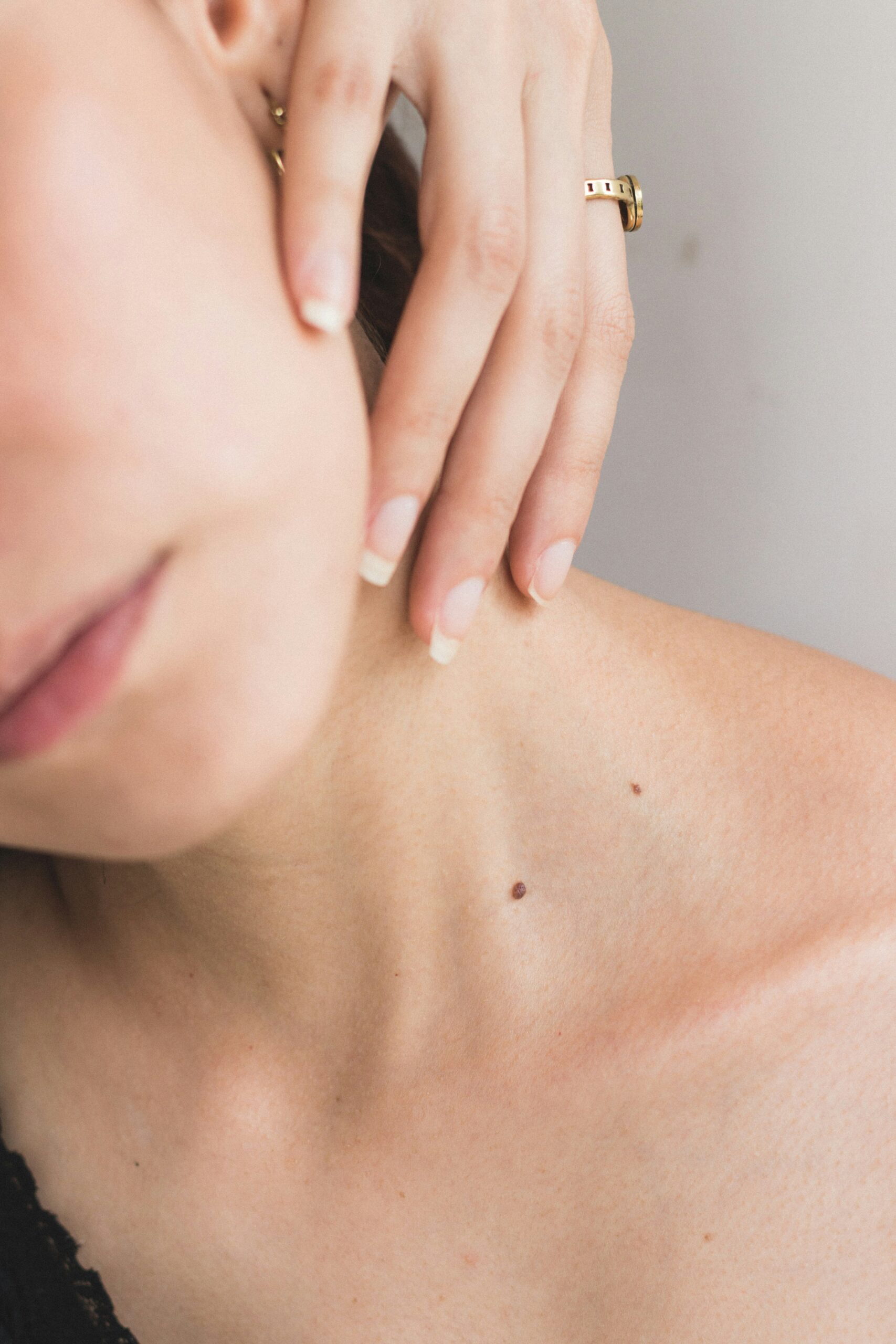A number of articles ago, we talked about a disorder known as hidradenitis suppurativa, or HS for short. It’s a skin disorder that causes painful bumps, pus-filled lumps, and deep tunnels. It commonly occurs in areas with hair follicles or where the skin rubs against each other, such as the groin, the armpits, the area between the butt cheeks, and occasionally the inner thighs. This is a chronic skin condition that often recurs in flare-ups. I’d say this skin condition stands out from many other conditions because it causes the pus-filled lumps to drain during flare-ups. HS is not only uncomfortable but also embarrassing, mostly because of how it looks and how it feels.
A person with HS often has dents from past lumps and flare-ups. These bumps or lumps are recurrent and cause swelling in particular parts of the body.
This means that painful bumps or pus-filled lumps tend to resurface in these regions. As a result, people with this condition have the choice to get a surgical fix. Although there are non-surgical treatments available, such as antibiotics and injections, they only work temporarily. When H.S. flare-ups become severe, this treatment may no longer be helpful. Let us look at some of these surgical treatments.

Incision and Drainage (I&D)
Incision and drainage, or I&D is a basic medical procedure used to treat uncomfortable bumps that are full of pus. The goal is to relieve the pressure and pain caused by the pus buildup and aid healing in the affected area. During I&D, the doctor will numb the area so you don’t feel any pain.
Then, they will make a small cut in the bump to allow the pus to drain. They will then clean the area and apply a bandage. However, the difficulty with I&D is that it only helps for a short time. It doesn’t stop the abscess from recurring in the same area or nearby. It is a fast fix rather than a long-term remedy.
Deroofing
One medical method used to treat sinus tracts is deroofing. Sinus tracts are hidden tunnels that often occur in HS patients. Deroofing serves just to expose these tunnels by removing their “roof,” allowing for healthy healing. In this treatment, the doctor uses a surgical tool to delicately remove the sinus tract’s outer covering. The tunnel is cleaned up once the roof is removed and allowed to mend inside. In this way, the sinus canal is unlikely to become filled with fluid or re-infect.
Wide Excision
For a severe case of hidradenitis suppurativa, or HS, white excision surgery is done. This is usually used when other treatments have failed. In order to avoid a recurrence of the condition in that area, the injured skin and tissue needs to be fully removed. All of the damaged skin and tissue are removed by the doctor during the procedure.
Covering up the treated area depends on how big the affected area is and how much tissue and skin was taken out of the area. If there is minimal skin or tissue removed from the area, the wound is closed with stitches and left to heal on its own. However, the doctor would patch it up with a piece of good skin from another area of the body if the skin and damaged tissue removed were large. We call this procedure a skin graft.
Laser Therapy
Laser therapy is one of the treatments for HS that uses powerful laser beams to remove damaged skin tissues and reduce swelling. There are two types of lasers used: CO2 lasers and Nd:YAG lasers. CO2 lasers are used to destroy damaged tissues. YAG lasers are used to go deeper beneath the skin and treat the root cause of the disease. Furthermore, this treatment option usually leaves less scars than other procedures such as wide excision.
Skin Grafting and Flaps
When someone has a large wound following HS surgery, doctors patch it with skin grafts or flaps. This approach leads to faster wound healing while also improving the appearance of the area.
There are three major methods:
- Split thickness skin grafts include removing a small layer of skin from another part of the body and splitting it over the wound.
- Full thickness skin grafts involve using a bigger piece of skin that is stronger and longer.
- Local flaps are formed by moving skin from a nearby area across to cover the wound, allowing it to heal quicker by retaining its blood supply.
The Bottom Line
Hidradenitis suppurativa (HS) is a recurring skin condition that results in painful lumps and tunnels under the skin. While non-surgical treatments can provide immediate relief, surgical procedures such as incision and drainage, deroofing, wide excision, laser therapy, and skin grafts are more effective, long-term solutions depending on the severity of the problem.















